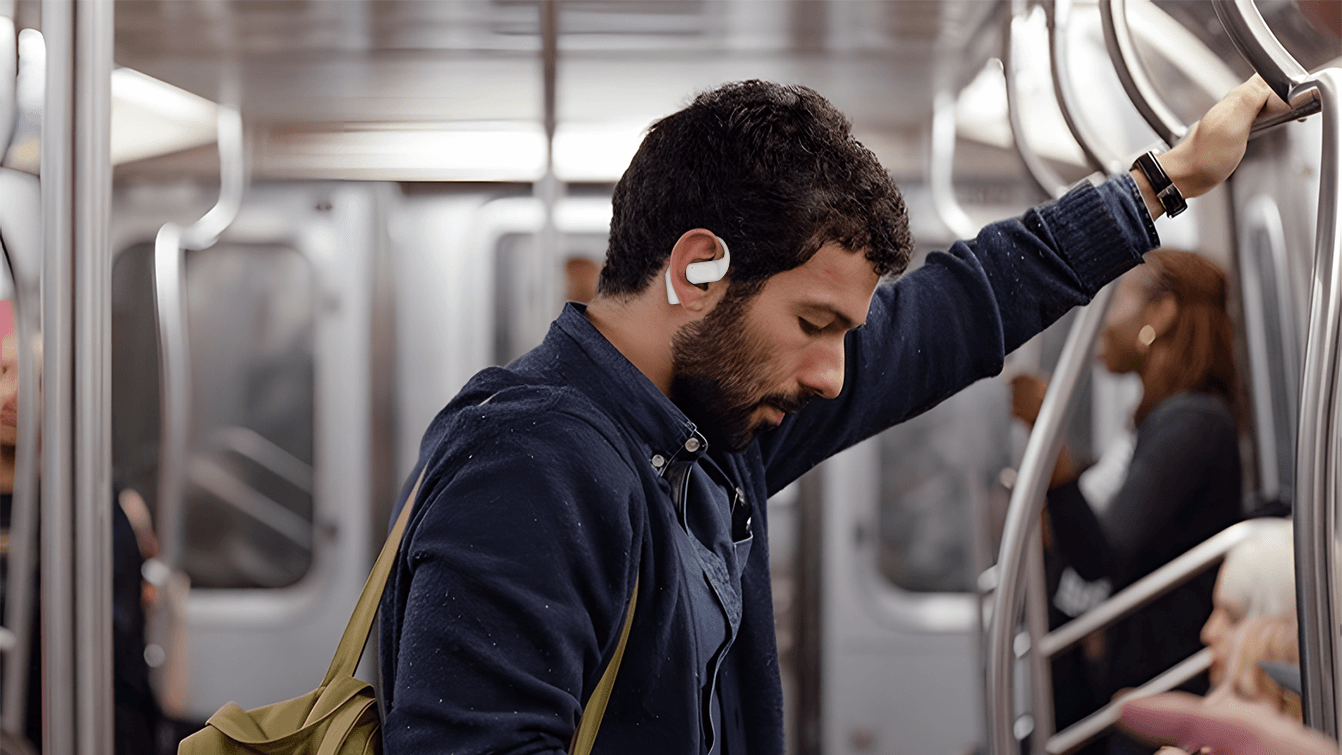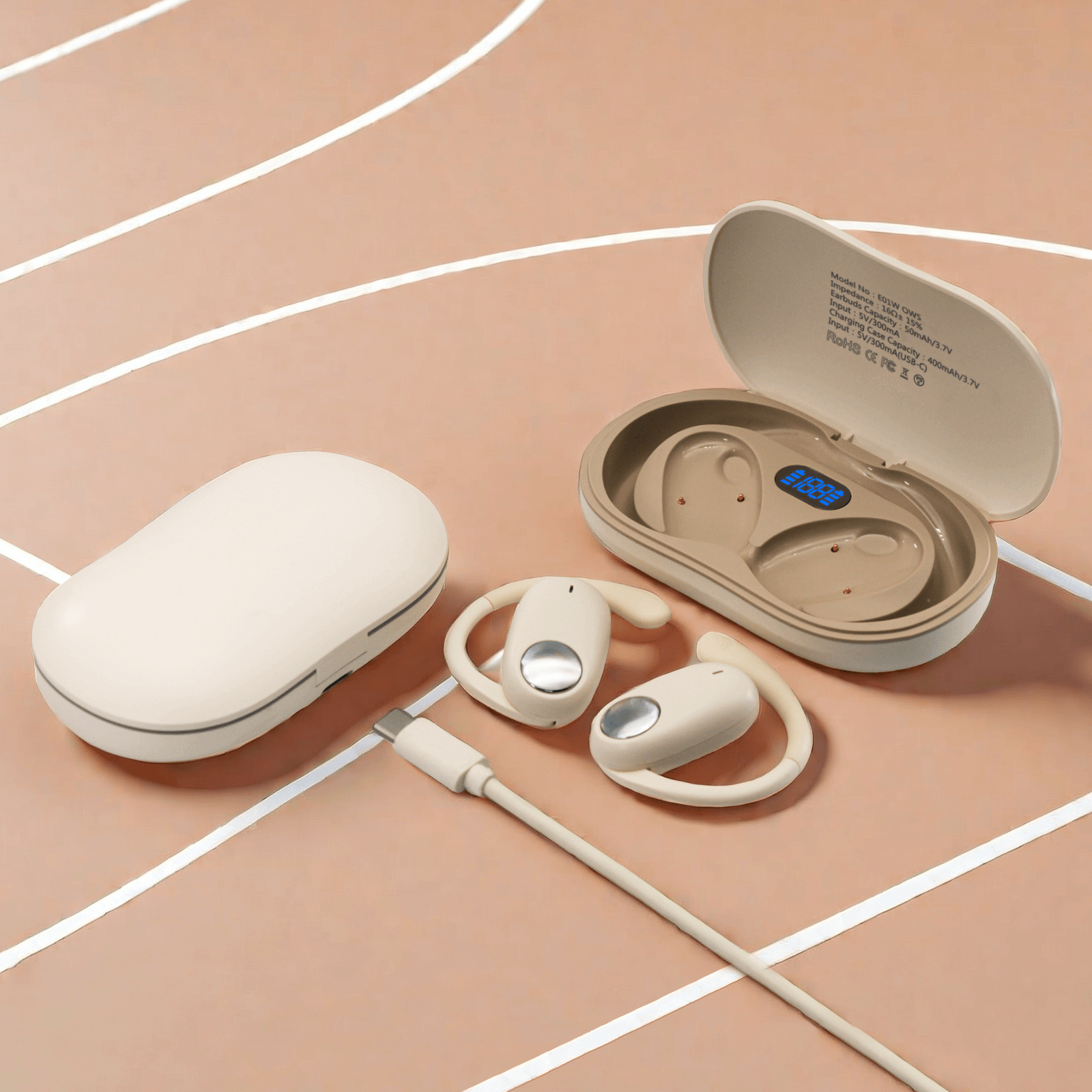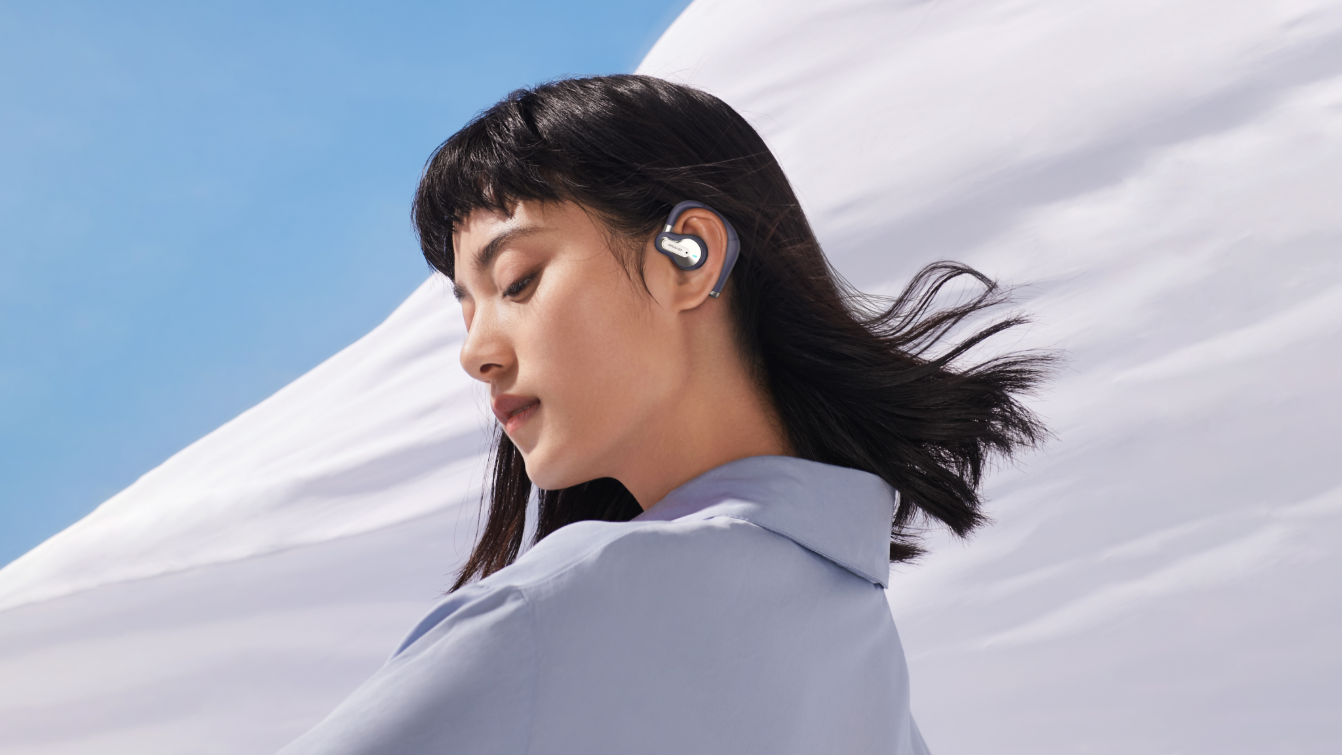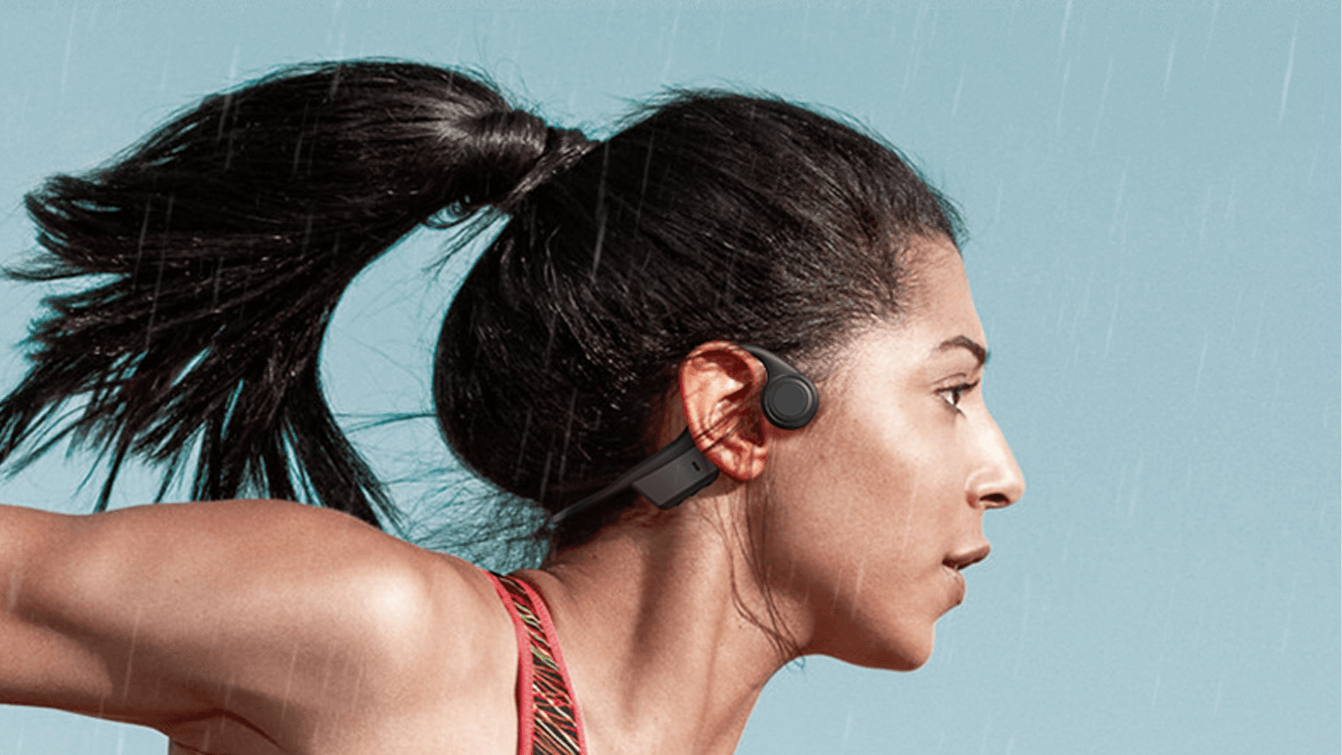
-
Home > NEWS > Product News
Over-ear vs. on-ear headphones: Which one is right for you?
Over-ear vs. on-ear headphones: Which one is right for you?
Are you looking to buy a new pair of wireless or wired headphones? Beyond features and specs, one of the first decisions you'll have to make is whether you want over-ear or on-ear headphones. Choosing a winner between over-the-ear headphones and over-the-ear headphones isn't easy.
Both have their own pros and cons and can better meet different listening needs. Let’s not forget to mention that each of them is suitable for different listening situations. So, how do you choose between earphones and over-the-ear headphones? Comtang Bluetooth headset factory will explain the main differences to make your choice easier.
Over-ear vs. on-ear headphones: what are they?
Before we delve into the differences, it’s important to understand what over-ear headphones and in-ear headphones actually are.
First, as the name suggests, over-ear headphones feature padding that completely surrounds your ears. The earcups of these headphones cup the ears and create a seal around them. As a result, you get an enclosed and immersive listening experience.
On-ear headphones, on the other hand, have relatively small padding on the earcups. Instead of sealing over your ears, the earcups of these headphones sit against your ears.

Headphones and On-Ear Headphones: Key Differences
Now that you have a clear understanding of over-ear headphones and in-ear headphones, let’s understand the differences between them.
Comfortable fit
When it comes to headphones vs. in-ears, one of the first things you need to consider is comfort and fit. Over-ear headphones are known for providing optimal comfort. The large, closed nature of the earcups, combined with soft padding, provides a natural fit.
Over-ear headphones have larger earcups that provide a natural, comfortable fit and avoid pressure points. Additionally, the weight is evenly distributed over a relatively large surface area. Therefore, it is very easy for most people to wear these headphones for extended periods of time.
Moving on, in-ear headphones sit on your ears, which can make them very uncomfortable to wear for long periods of listening. Additionally, in most cases, the weight of the headphones is centered directly on your ears. This fit will give people with larger ears a pinching feeling.
So, in short, when it comes to over-ear headphones vs. in-ear headphones, over-ear headphones are the clear winner in terms of comfort and fit.
Noise isolation
Unless you don’t choose open-back headphones, you’ll want to check whether the headphones can provide adequate noise isolation. Without proper isolation, more external sound can seep into the earcups, destroying the immersion of the sound.
Now, when it comes to over-ear headphones versus in-ear headphones, over-ear headphones offer superior noise isolation. After all, these headphones surround your ears with large earcups, ensuring that little external noise filters in while you listen to audio.
In contrast, in-ear headphones sit lightly on top of the ear and fail to create the seal needed for proper noise isolation. This loose fit means you can hear conversations, traffic and ambient noise around you. Therefore, it's difficult to get an immersive listening experience on these headphones.
Active Noise Cancellation (ANC)
You’ll find ANC in over-ear and in-ear headphones. However, the ANC efficiency will vary significantly between them. As you might guess, the ability of headphones to actively cancel ambient noise depends on the seal they provide.
Now, since over-ear headphones provide a good seal and seal around your ears, you can get a better ANC experience from them. But that doesn’t mean in-ear headphones can’t have good active noise cancellation. After all, sealing and containment capabilities are not the only factors that determine the quality of noise cancellation.
However, the ANC performance of the headset is relatively good, making it a perfect choice for commuters and frequent travelers.
Sound quality
As with other factors, the sound quality of over-ear headphones and in-ear headphones tends to differ. First, over-ear headphones offer a wider soundstage. The large nature of the earcups allows them to integrate large drivers. Headphones with large-size drivers can naturally provide more detailed and rich sound.
In contrast, on-ear headphones provide more "in your head" sound because the drivers are very close to the ear. While most in-ear headphones sound good, the audio doesn't feel wide enough. Additionally, these headphones tend to have weaker bass than over-ear headphones.
Portability
One of the highlights of on-ear headphones is their high portability. Since the earmuffs are compact, they can be easily carried in a backpack. In most cases, these headphones will feature a foldable design and lightweight construction, further enhancing their portability.
In comparison, most headphones are larger in size and tend to be bulkier than headphones. While some earmuffs are foldable, the larger nature of the earmuffs may make it difficult to fit them into your backpack.
Over-ear headphones and on-ear headphones:
All in all, if you prioritize comfort, noise isolation, sound quality, and noise cancellation, over-ear headphones are the clear winner. On the other hand, if you tend to carry your headphones with you everywhere, consider investing in a pair of proper on-ear headphones.
Get the latest price? We'll respond as soon as possible(within 12 hours)


















